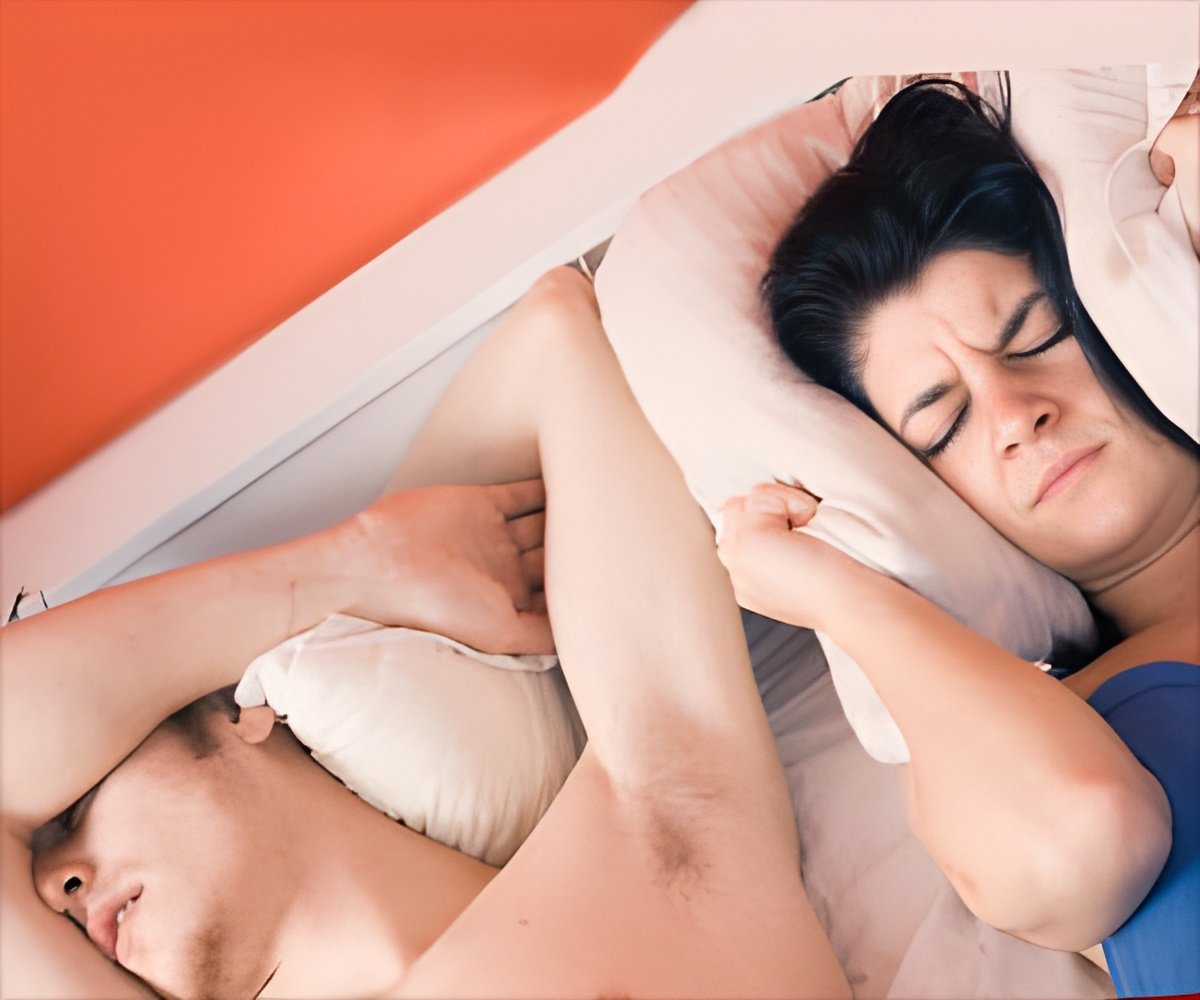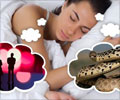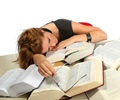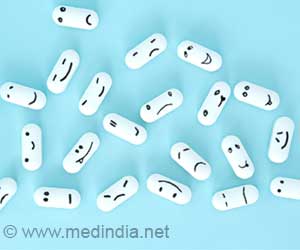Isabelle Arnulf and colleagues from the Sleep Disorders Unit at the Université Pierre et Marie Curie (UPMC) have outlined case studies of patients with Auto-Activation Deficit

During sleep, the brain is operating on an exclusively internal basis. In REM sleep, the higher cortex areas are internally stimulated by the brainstem. When awakened, most normal subjects will remember some dreams that were associated with their previous sleep state, especially in REM sleep. Would the self-stimulation of the cortex by the brainstem be sufficient to stimulate spontaneous dreams during sleep in AAD patients?
Discovering the answer to this question would go some way to proving either the top-down or bottom-up theories of dreaming. The top-down theory stipulates that dreaming begins in higher cortex memory structures and then proceeds backwards as imagination develops during wakefulness. The bottom-up theory posits that the brainstem structures which elicit rapid eye movements and cortex activation during REM sleep result in the emotional, visual, sensory, and auditory elements of dreaming.
Thirteen patients with AAD agreed to participate in the study and record their dreams in dream diaries during the week leading up to the evaluation. These patients were compared with thirteen non-medicated, healthy control subjects. Video and sleep monitoring were performed on all twenty six participants for two consecutive nights. The first night evaluated the patient's sleep duration, structure, and architecture of their dreams. During the second night of sleep evaluation, the researchers woke the subjects up as they entered the second non-REM sleep cycle, and again after 10 min of established REM sleep during the following sleep cycle, and asked them what they were dreaming before being woken up. The dream reports were then independently analysed and scored according to; complexity of dream, bizarreness, and elaboration.
Four of the thirteen patients with AAD reported dreaming when awakened from REM sleep, even though they demonstrated a mental blank during the daytime. This is compared to 12 out of 13 of the control patients. However, the four AAD patients' dreams were devoid of any complex, bizarre, or emotional elements. The presence of simple yet spontaneous dreams in REM sleep, despite the absence of thoughts during wakefulness in AAD patients, supports the notion that simple dream imagery is generated by brainstem stimulation and sent to the sensory cortex. The lack of complexity in the dreams of the four AAD patients, as opposed to the complexity of the control patients' dreams, demonstrates that the full dreaming process require these sensations to be interpreted by a higher-order cortical area.
Therefore, this study shows for the first time that it is the bottom-up process that causes the dream state.
Advertisement
Interestingly, there were no real differences in the sleep measures between the AAD patients and the control patients apart from 46% of the AAD patients had a complete absence of sleep spindles (a burst of oscillatory brain activity visible on an EEG that occurs during stage 2 sleep). The striking absence of sleep spindles in localized lesions in the basal ganglia of these 6 AAD patients highlights the role of the pallidum and striatum in spindling activity during non-REM sleep. This is a key distinction between the AAD patients and the control patients; all thirteen control subjects displayed signs of sleep spindles.
Advertisement
Source-Eurekalert










